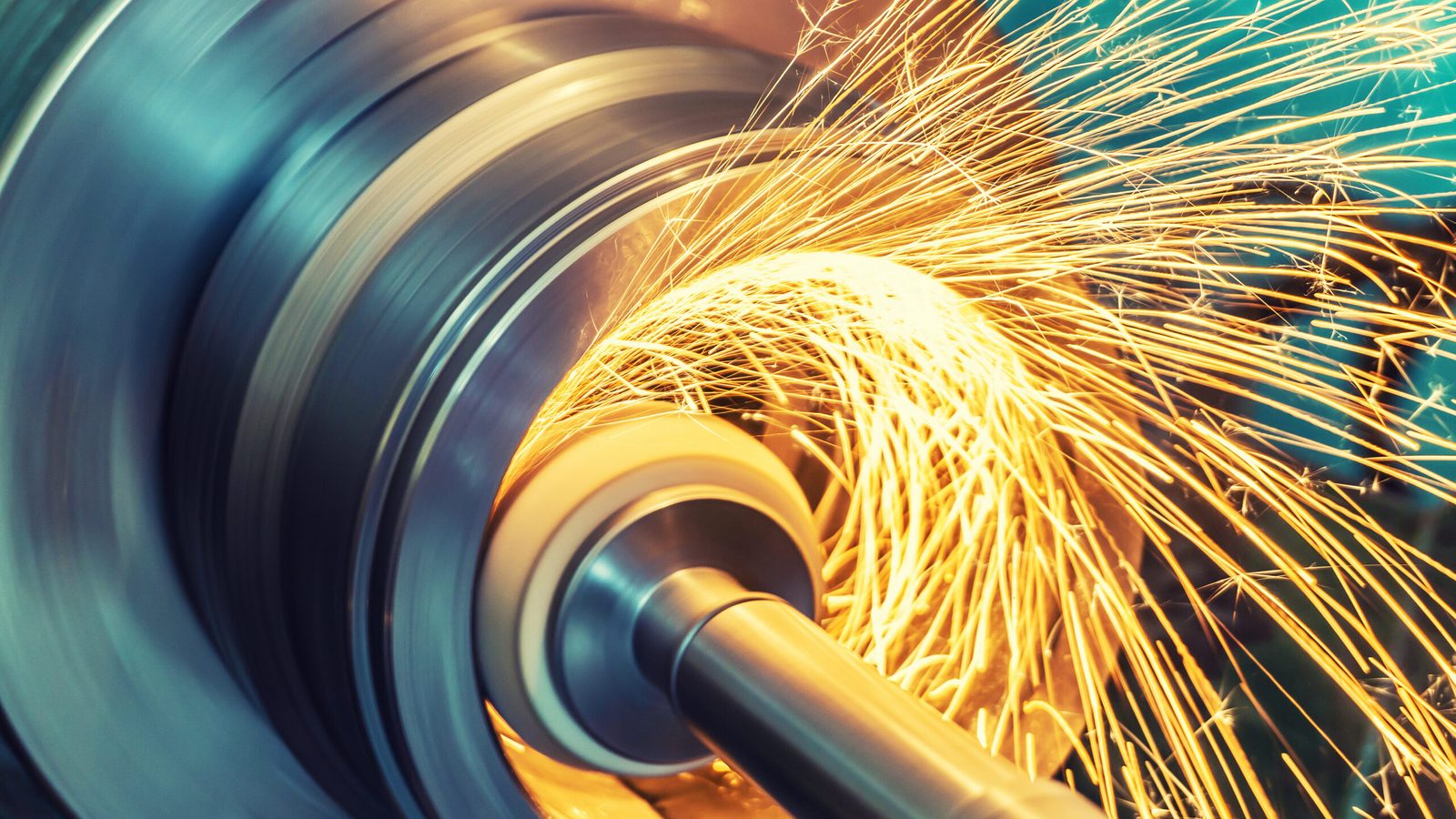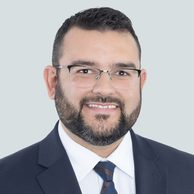We discuss the macroeconomic factors driving the potential return of manufacturing jobs to the US.
For the last decade, a myriad of macroeconomic drivers has compelled manufacturing firms across the US to contemplate reshoring their labour stateside. These factors include: the rise of economic nationalism worldwide; the supply-chain crisis, driven by the blockage of the Suez Canal and pandemic-related supply and demand shocks; changes in US tax laws; environmental, social and governance (ESG) considerations; and, most immediately, the ongoing trade war with China and the associated risks of decoupling with one of the largest economies in the world. Could a boom in reshoring lead to a capital expenditure super cycle? To learn more, our Double Take hosts spoke with a reshoring expert as well as the president and chief operating officer (COO) of a firm that recently and successfully moved its manufacturing operations back to the US.
Harry Moser was at the helm of manufacturing firm GF AgieCharmilles, now GF Machining Solutions, for 25 years. More recently, he founded the Reshoring Initiative, an organisation devoted to bringing manufacturing jobs back to the US. Moser explains that reshoring manufacturing jobs to the US and moving labour out of China and into other emerging markets began over a decade ago in response to wage inflation in China, which had increased by up to 15%. With the once advantageous price of Chinese labour on the rise, subsequent issues with delivery, quality and communications came into focus.
According to Moser, the more immediate concerns driving reshoring today involve the supply-chain dilemma as well as the prospect of the US and China decoupling, and fears from both governments stemming from that potential outcome. For instance, China has indicated that it would significantly reduce exports if the US implements the America Competes Act. While the supply-chain obstacles linked to the Suez Canal crisis and pandemic-driven demand were temporary, Moser maintains that the embedded risk of decoupling is here to stay for the next 20 to 50 years:
I believe that, in general, the tariffs will continue. So, I say freight costs could come down, with tariffs staying roughly where they are, I believe. Then what’s left is this question of decoupling, and that I believe will be permanent. The tariffs are huge, when you take the 25% tariff and throw that in with normal freight and duty, and carrying cost of inventory, and risk of stocking up and so on. It shifts a huge amount of work back to the United States. If they stay in place and the companies are worried about decoupling, I believe the trend will continue.
Harry Moser, Founder of Reshoring Initiative
When the reshoring initiative began in 2010, 6,000 jobs were brought back to the US. By 2017, that figure had grown exponentially and peaked at over 160,000 jobs, only to fall off as trade-war tensions flared concurrently with tax and regulatory cuts. With the arrival of the Covid-19 pandemic in early 2020, reshoring came roaring back to the US with an additional 260,000 jobs, owing to intense demand for personal protective equipment and medical manufacturing. If this pace continues, 400,000 manufacturing jobs could be brought back to the US by the end of 2022. Moser says:
I’m getting calls almost every day now from companies, and you can tell that somebody on the board or somebody high up has told them, ‘We’re not going to live with that risk any more. You’ve got to do something about it.’
Harry Moser
While the fears around decoupling are very US-China centric, it is important to note that reshoring does not pertain only to the US. The reshoring initiative has presented itself in Switzerland, Holland, Canada, Mexico and France. Moser also points to significant reshoring efforts in the UK, highlighted by its current trade surplus with the US.
There are thousands of use cases within the projected 400,000 jobs set to return to the US by the end of 2022. We spoke with Keith Cochran, president and COO of KULR Technology Group Inc., who recently moved the manufacturing side of his business out of China. KULR Technology Group is a California-based company that produces thermal management systems with specialised carbon fibre for electrical and battery-powered machines. KULR’s solutions are designed for the defence space as well as consumer electronic applications. Cochran described how his low capital needs in China allowed for an easier reshoring process back to San Diego:
We did start with the lowest landed cost model. For us it’s a validation that the model actually was executed and continues to be attractive. It’s something that we’re constantly looking at. You don’t want to be moving your supply chain nonstop, but I think as things change it’s important to go back and take a look at those factors.
Keith Cochran, President and COO of KULR Technology Group
However, the decision on whether to reshore comes down to comprehensive risk calculation, not immediate cost concerns. That risk calculation depends heavily on the type of manufacturing conducted, the level of capital expenditure involved, and the degree of complexity of moving machinery components. The task of transporting equipment out of China poses its own set of difficulties.
Cochran agreed that while reshoring made sense for his firm, it may not for others. For instance, he points out that it would not make sense to nearshore manufacturing if the end product would need to be exported back to Asia. In Moser’s experience, extensive paperwork is required to move machinery out of China, and unless comprehensive evidence is provided to prove that equipment is proprietary, China may not allow it to be shipped out of the country. If an application to move machinery out of China is denied, the Chinese factory that retains the equipment may then become a competitor. Cochran relates to some of these challenges experienced by peers, despite having a relatively smooth reshoring experience himself:
You can also get into having to pay for the retention of the labour. You end up paying premiums…As soon as you send the signal that you’re pulling out of the location, you can run into situations like that. I’ve experienced situations where they basically lock the gates and until you pay what they deem is appropriate for you to exit, you won’t get your equipment and test fixtures out of there.
Keith Cochran
Cochran ultimately determined the logistics to complete his reshoring effort through a lowest landed cost model, which takes into consideration several factors including level of demand flexibility, whether raw materials can be sourced outside of China, and the cost of logistics. One important element to consider is the point of consumption with the customer.
If I have a customer that has wild demand fluctuations, but then I need to put their product on a boat for a month, that may not satisfy them. Then you have to look to buffer inventories and things like that. So, all of that inventory carry cost has to be considered. Obviously now, just the cost of fuel is driving huge concerns with the cost of freight. So, all of those things come into play.
Keith Cochran
Ultimately, Cochran began his reshoring project by basing low volume, customised operations near the company’s headquarters in San Diego. Then, he eventually moved higher volume, generic production to Mexico. While his experience was relatively seamless, it still requires regular supply-chain monitoring to ensure that the manufacturing now based in North America remains maximally efficient.
For as long as decoupling remains a threat, which in Moser’s estimation could be for up to 50 years, the decision to reshore is a complex one. It remains to be seen whether future US legislation could provide additional incentives, though even without those incentives Cochran and Moser agree that reshoring is a theme that is here to stay. How this will play out in the US and other economies remains unknown, but rest assured, we will tackle the topic when the time is right in a future episode of Double Take.
Subscribe to “Double Take” on your podcast app of choice or view The Reshoring Decision episode page to listen in your browser.
This is a financial promotion. These opinions should not be construed as investment or other advice and are subject to change. This material is for information purposes only. This material is for professional investors only. Any reference to a specific security, country or sector should not be construed as a recommendation to buy or sell investments in those securities, countries or sectors. Please note that holdings and positioning are subject to change without notice. This article was written by members of the NIMNA investment team. ‘Newton’ and/or ‘Newton Investment Management’ is a corporate brand which refers to the following group of affiliated companies: Newton Investment Management Limited (NIM) and Newton Investment Management North America LLC (NIMNA). NIMNA was established in 2021 and is comprised of the equity and multi-asset teams from an affiliate, Mellon Investments Corporation.






